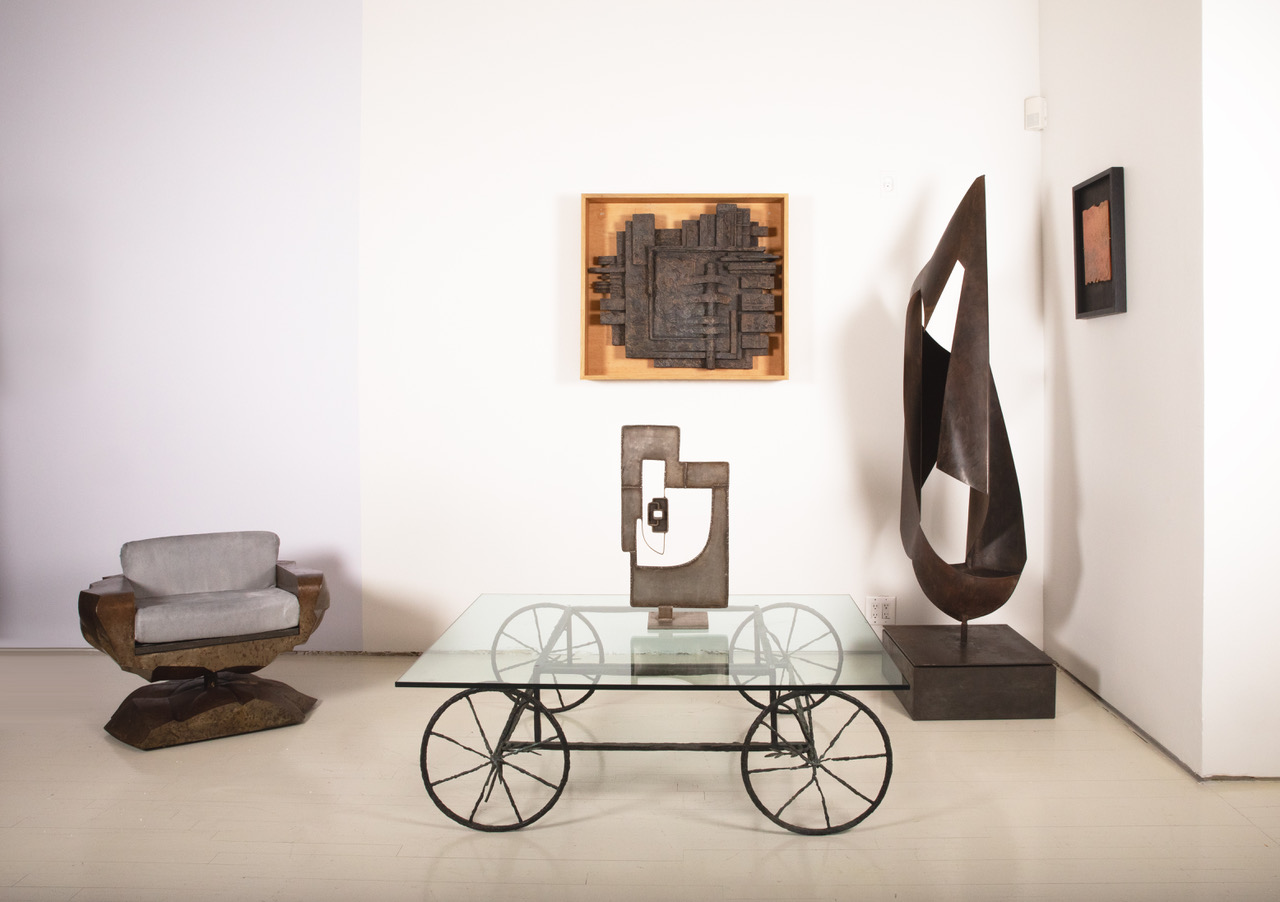Dimensional Thinking
After the release of nine new stair designs, our brand manager Sarah Barkowski sat down with the lead textile designer for the additions, Maris Van Vlack, to reflect on the process of designing for such a unique application.
SB: So much of our body of work is focused on textiles that lie flat on the ground or flat against a wall, connecting themselves to one plane in the room. How did you have to think about stairs differently when designing as compared to single-plane textiles?
MV: When a flat rug gets folded over a stair, it becomes a sculpture, and for me, the biggest difference between 2D and 3D design is that a sculpture can be viewed from any angle, and the piece transforms depending on where you are viewing it from. When we develop a stair runner, we have to think about the optical effect created by the shape of a staircase because you are seeing different parts of the rug’s surface depending on what angle you view it from. Sometimes when Sylvie first sketches out a design, she arranges some motifs to fall on the tread of the stair and others to fall on the riser. This causes an interesting change as you move across and around the staircase, because depending on where you are standing—at the top, bottom, or side of the staircase—different parts of the design reveal themselves to you, and obscure themselves from you. When the Design Team plans and tests how different yarns and weaves get placed and folded in the design, we not only have the durability in mind, but also how the design will flow around you as you are walking up and down.
SB: What are some of your favorite details from the new additions?
MV: One of my favorite designs to see installed was Etch S. This design has motifs on the riser of each stair, and they alternate between a bold motif of crimped wool and a more subtle motif of thin-felted wool. The bold motif has a raised surface that looks very sculptural, and the subtle motif sinks down into the ground weave creating the illusion of carved lines. This high-and-low effect created by the textures of the yarns looks amazing when it is installed on the staircase because the light catches the different surfaces and creates moments of light and shadow.
Another interesting effect is Swell S, which has a border of motifs that look like curving metal forms. I really like the three-dimensional illusion created with the weaves, where each woven structure looks like a different plane of the form; then, as the motifs go over the stair and the fabric is physically folded, the design becomes actually three-dimensional. It’s an interesting conceptual effect that plays with space, as the surfaces and motifs change angles and the light hits different surfaces of the staircase.
SB: What were some of the challenges you encountered when designing these pieces?
MV: Because of durability, stair designs are more limited than other designs in how many different kinds of yarn can be used in one rug. This makes them more challenging to design for but also pushes us to find other ways to create contrast between the different elements of the pattern. This year, we developed several new weaves for stairs that we haven’t used before, and I think they bring a lot of texture and depth to the designs while also showing off the yarns.
Each design gets tested many times, meaning we will weave a section of the design over and over again until it is structurally sound and we get the effect we are trying to achieve. As we do this, we are trying different combinations of yarn and weave to see what will create the most interesting relationship of textures between the motifs and the ground. Sometimes when something isn’t working, Sylvie will suggest moving a yarn or switching out a weave to make the whole piece more harmonious. A big challenge in these designs was finding a way to balance the mouliné wool yarn within the designs, as this was our first time using mouliné wool on stairs—the white cotton thread carried with the wool creates a lot of contrast and has to be balanced with the other elements. When we first tested Fuse S, we added mouliné wool in small areas within the rounded motifs, but it just looked too cluttered. From there, we tried moving it to the ground on the sides of the design to give the mouliné wool more space to shine. I love the effect it has: the white lines look like lights moving behind the motifs and it emphasizes the verticality of the design, creating a pathway that draws the eye up the staircase.





